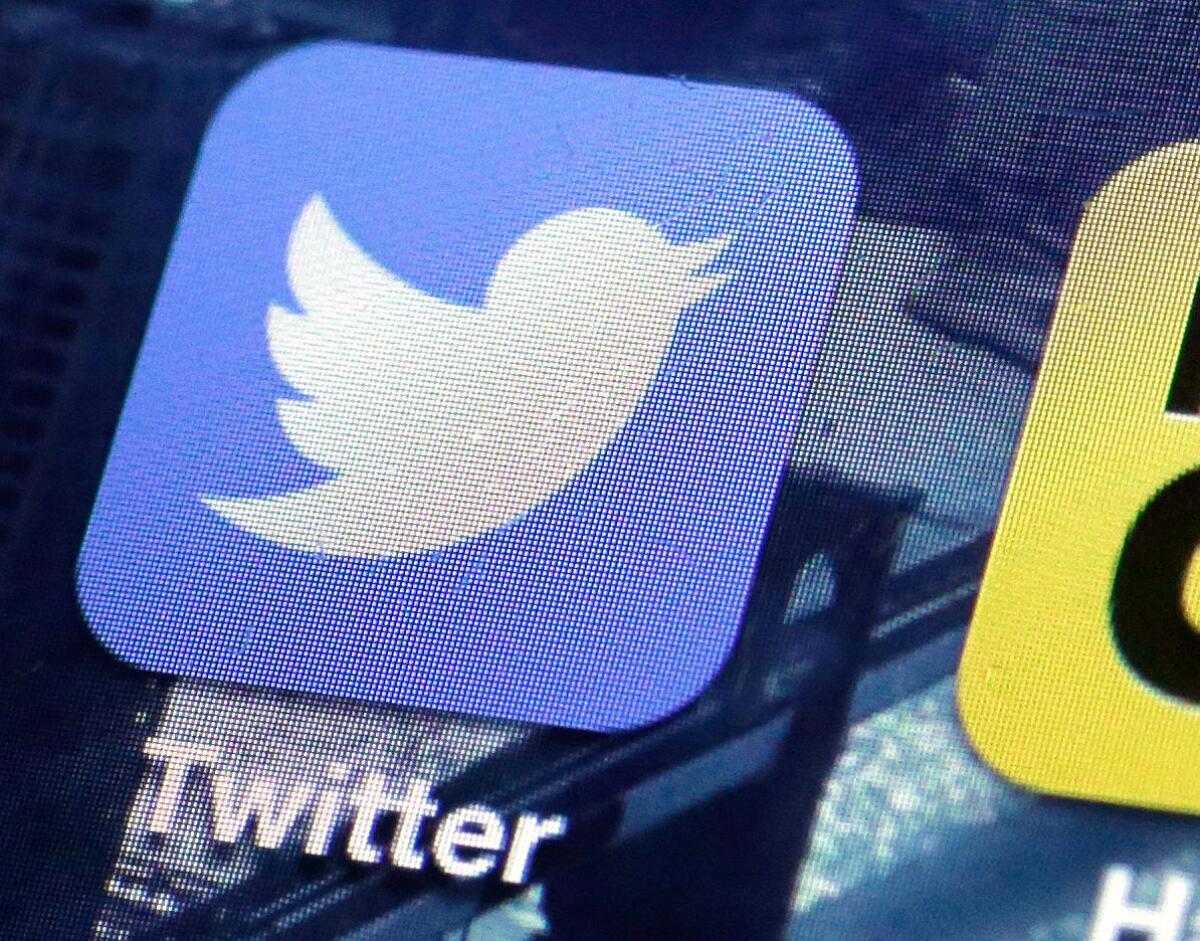Twitter removes flickering videos criticized by epilepsy organization

Twitter removed flashing videos Friday after an epilepsy support group objected.
- Share via
Twitter thought the bright flashes of two short videos it posted via Vine would attract viewers. An epilepsy support group in Britain thought the flickers would cause seizures.
“Your #DiscoverMusic Vines are massively dangerous to people with photosensitive epilepsy. Please take them offline now,” Epilepsy Action tweeted Friday.
Less than an hour later, a Twitter representative responded that the company had done just that.
“For a huge corporation like Twitter to take that risk was irresponsible,” Epilepsy Action’s deputy chief executive, Simon Wigglesworth, told the BBC. “That first seizure can often come out of nowhere,” he added.
Epilepsy Action, a charity organization based in Leeds, Britain, could not be reached.
Joseph Sirven, editor-in-chief of the Epilepsy Foundation’s website and chairman of the neurology department at the Mayo Clinic in Arizona, noted that the incident points to a long history of video-oriented industries learning to keep content safe, often by providing warnings on packaging or promotions for flashing content.
“Before it was about TV. Next was computers, next was video games and next is phone,” Sirven said. As apps, animations and videos flood through mobile devices, unanswered questions include: How do you safely broadcast on a phone or tablet?
About 3% of people with epilepsy can suffer seizures from exposure to quickly changing visual patterns such as flashing lights, according to the Epilepsy Foundation.
Twitter’s videos, which can no longer be viewed online, apparently promoted Twitter’s #DiscoverMusic campaign. Created with the video app Vine, they played quickly changing colors in a loop.
Twitter and Vine did not respond to requests for comment, and it was unclear if they have policies in place to screen content for material that could harm photosensitive people.
Epilepsy Action raised concerns over flickering video content in 2012, when people said they suffered seizures from an Olympics TV promotion that featured a logo that rippled with colors. The promoters agreed to edit the piece.
In 1997, an episode of animated Japanese TV program Pokemon that blared red strobe lights reportedly caused hundreds of viewers in Japan to suffer seizures.
Twitter: @dainabethcita
More to Read
Inside the business of entertainment
The Wide Shot brings you news, analysis and insights on everything from streaming wars to production — and what it all means for the future.
You may occasionally receive promotional content from the Los Angeles Times.










